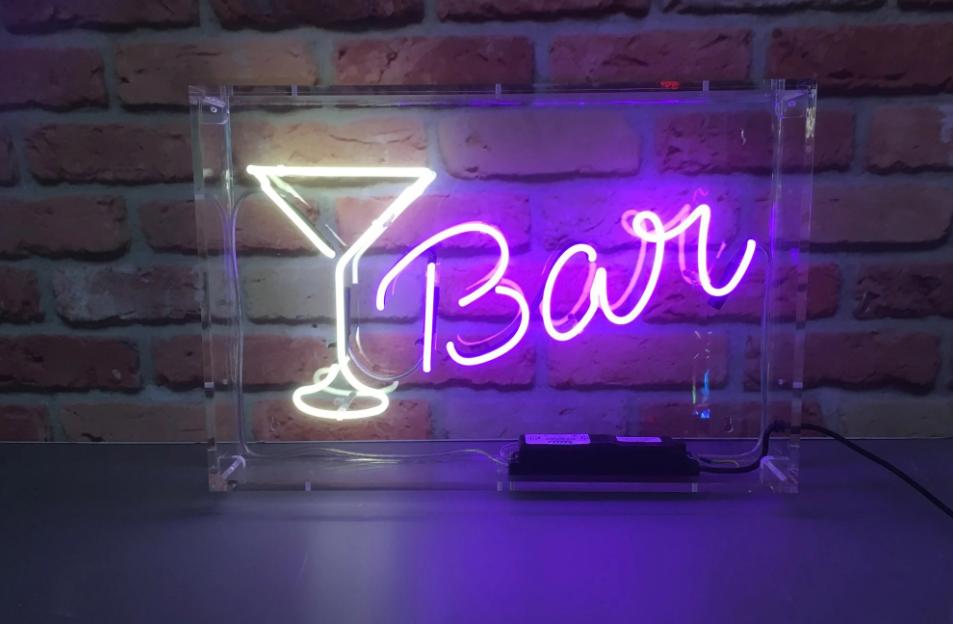Comparing LED and Glass Neon: Which Is More Sustainable?
Regarding eye-catching signage and vibrant lighting, both LED and glass neon lights have been popular choices for years. However, as sustainability becomes more important in our decision-making processes, many people are wondering which of these two options is better for the environment.
While glass neon signs have a classic, nostalgic appeal, LED lights have rapidly grown in popularity for their energy efficiency and flexibility. So, which one should you choose if you’re looking for a more sustainable lighting solution? Let’s help you out!
Understanding Glass Neon Lights
Glass signs have been around for over a century, and their distinctive glow has been used in everything from storefronts to art installations. These traditional signs are made by bending glass tubes into different shapes.
After being bent to the required shape, it is filled with gases like neon or argon. When electricity passes through these gases, they produce that familiar bright glow. However, the production process for glass lights is energy-intensive.
The glass tubes must be heated and shaped, and the gases used in them are not exactly eco-friendly. Additionally, they require high-voltage electricity to operate, which can contribute to higher energy consumption over time. These factors have raised questions about the sustainability of neon signs.
LED Lights: A Modern Alternative
LED (Light Emitting Diode) lights are the modern alternative that has gained traction due to their flexibility, lower energy consumption, and longer lifespan. Unlike glass neon, LED lights do not use gases to produce light.
Instead, they use semiconductors that emit light when an electric current passes through them. This process is much more energy-efficient, making LED ones a popular choice for those looking to reduce their environmental footprint.
They are also more versatile than neon. They can mimic the look of traditional neon signs while consuming significantly less power. Additionally, LED signs can be customised in various colours, shapes, and designs.
LED vs. Glass Neon
Now that we have a basic understanding of both LED and neon lights, let’s break down how they compare in key areas. From energy efficiency to durability, each has its own advantages and drawbacks.
Aesthetic Appeal
Neon light signs have a unique, warm glow that gives them a classic and authentic look. Unlike LED, which can sometimes appear too bright or artificial, glass ones offer a softer and more welcoming light. This makes them a great choice for places like bars, cafes or vintage stores that want to create a cozy, nostalgic atmosphere.
Wider Range of Colours and Tones
Neon lights are known for their deep, rich colours, created using different gases and coloured glass. These colours often appear more vibrant and true compared to LED, which can sometimes look too bright or flat. If you’re looking for signs with a wide range of colours and a more natural glow, neon might be the better choice.
Energy Efficiency
LED lights are known for consuming up to 80% less energy than traditional neon signage. For instance, a typical neon light sign can consume 15 to 30 watts per foot, while an LED sign of a similar size may only use 2 to 4 watts. This stark contrast clearly shows why LED is often considered the more sustainable option.
Conclusion
While LED lights are often the go-to choice for energy savings and low maintenance, glass neon signs have their own set of benefits. Their unique, rich glow, seamless light, and artistic appeal make them a great option for those looking for something special and memorable.

